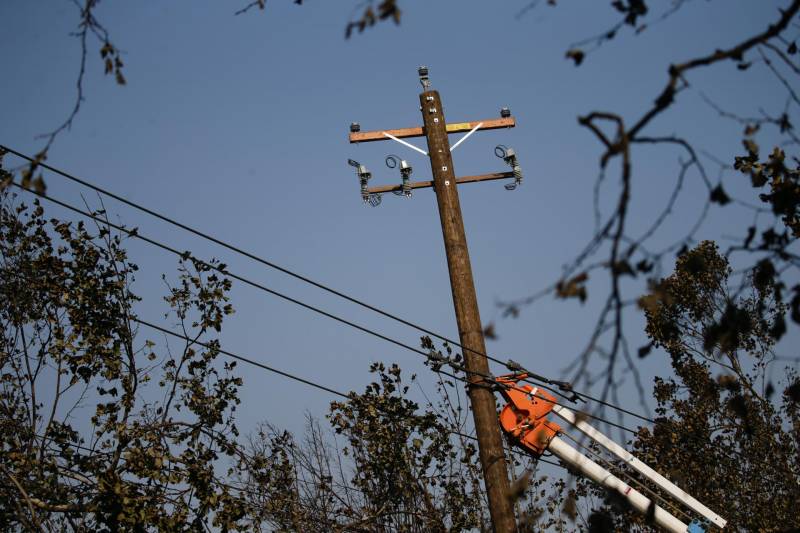The compliance report repeats an argument PG&E lawyer’s made last year when Alsup was considering ordering the company to dramatically expand it vegetation management efforts: that because of constantly changing conditions in PG&E’s vast territory, the company simply can’t certify it’s in “perfect compliance” at all times with the state’s vegetation clearance requirements.
“PG&E’s system includes approximately 100,000 miles of overhead transmission and distribution lines across a service territory of approximately 70,000 square miles that contains tens of millions of trees that could come into contact with its lines,” the company’s Wednesday filing said. “… Perfect compliance would require nothing less than round-the-clock surveillance of all trees within striking distance of PG&E’s equipment to identify and abate any hazard as soon as it arises.”
The filing went on to say that PG&E takes its vegetation management responsibilities seriously and that measures undertaken in the last year — including the extensive preemptive power shutoffs during wind storms in October and November — had been effective in heading off deadly wildfires.
PG&E also told Alsup it had met 46 of 53 commitments included in its 2019 wildfire mitigation plan — a safety blueprint required under 2018’s Senate Bill 901 and approved by the California Public Utilities Commission.
But among the areas where the company had failed to meet its goals was inspections connected to its “enhanced vegetation management” program. That initiative promised to go beyond state law and regulatory requirements for trimming and removing trees along power lines in areas that Cal Fire and the CPUC have identified as especially prone to wildfires.
PG&E says that its power system includes about 25,000 miles of distribution lines through those high fire danger areas. In its 2019 wildfire mitigation plan, it said it would perform enhanced vegetation work along 2,450 miles of those lines; in its report to Judge Alsup, it said it had gone beyond that figure and worked on trees along 2,500 miles of power lines.
But the company also reported that much of that enhanced vegetation management was substandard, with only 60% of the work meeting quality expectations. That admission is in line with a report from a court-appointed monitor last summer that found the quality of PG&E’s completed vegetation management work was “questionable.”

